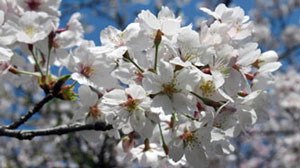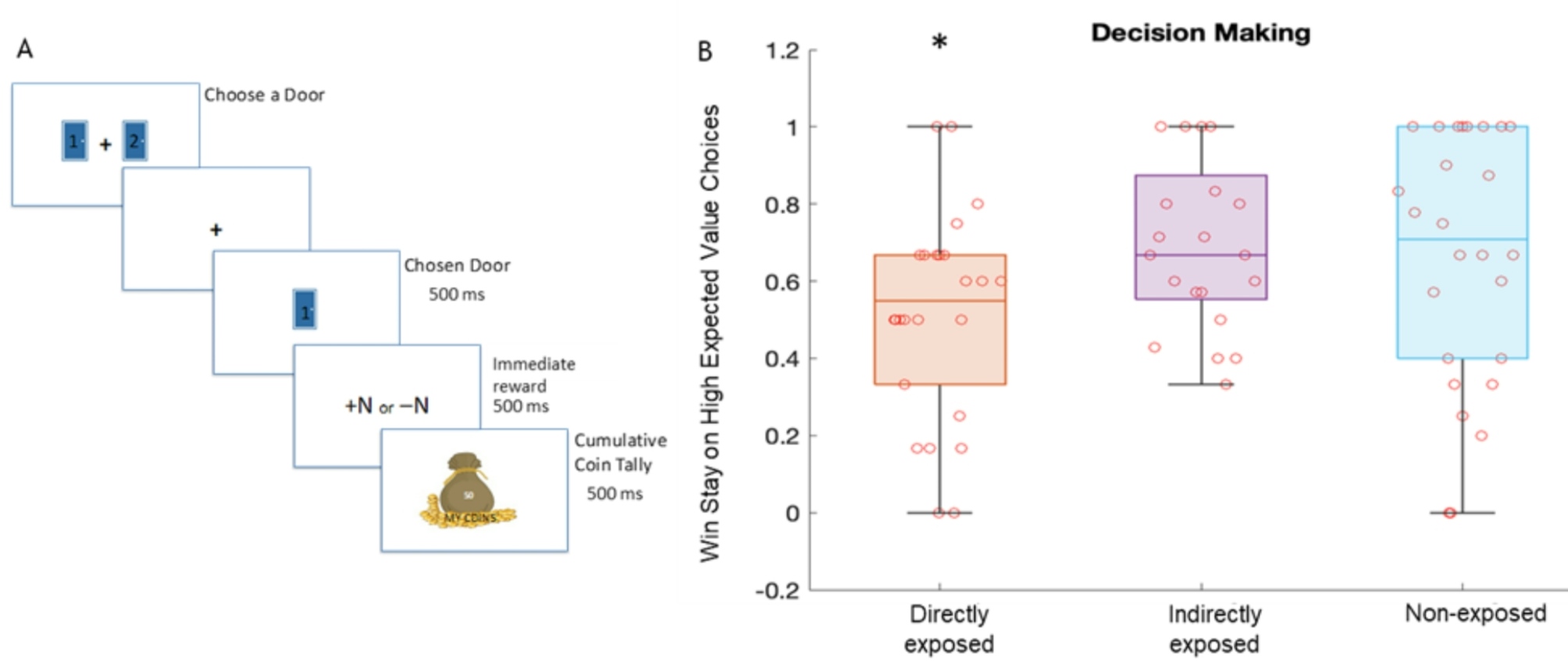2025-04-15 イェール大学
<関連情報>
- https://ysph.yale.edu/news-article/early-life-exposure-to-air-and-light-pollution-linked-to-increased-risk-of-pediatric-thyroid-cancer/
- https://ehp.niehs.nih.gov/doi/10.1289/EHP14849
周辺微小粒子状物質および夜間の屋外人工光への周産期曝露と小児甲状腺乳頭癌リスク Perinatal Exposures to Ambient Fine Particulate Matter and Outdoor Artificial Light at Night and Risk of Pediatric Papillary Thyroid Cancer
Nicole C. Deziel https://orcid.org/0000-0002-5751-9191, Rong Wang, Joshua L. Warren, Catherine Dinauer, Jennifer Ogilvie, Cassandra J. Clark, Charlie Zhong, Joseph L. Wiemels, Libby Morimoto, Catherine Metayer, and Xiaomei Ma
Environmental Health Perspectives Published:10 April 2025
DOI:https://doi.org/10.1289/EHP14849
Abstract
Background:
Pediatric thyroid cancer incidence has been increasing globally, with environmental exposures being a hypothesized risk factor.
Objective:
We evaluated the association between pediatric thyroid cancer risk and perinatal exposure to ambient fine particulate matter (PM2.5) and outdoor artificial light at night (O-ALAN). Both are considered environmental carcinogens with evidence of thyroid function disruption, reported associations with thyroid cancer in adults, and concerns of distributive inequity. O-ALAN may also serve as a proxy for other outdoor air pollutants or urbanization.
Methods:
We conducted a case-control study of papillary thyroid cancer nested within a California birth cohort that included 736 cases diagnosed at 0–19 years and born in 1982–2011 and 36,800 controls frequency-matched on birth year. We assigned individual-level exposures for residence at birth for ambient PM2.5 concentrations from a validated, ensemble-based prediction model and O-ALAN using the New World Atlas of Artificial Night Sky Brightness. We calculated odds ratios (OR) and 95% confidence intervals (CI) using logistic regression adjusting for potential confounders and stratified by age and race/ethnicity.
Results:
We observed statistically significant associations between PM2.5 exposure and papillary thyroid cancer risk overall (OR per 10-µg/m3 increase in PM2.5=1.07, 95%CI: 1.01–1.14), among the 15–19 year age group (OR=1.08; 95%CI: 1.00–1.16), and among Hispanic children (OR=1.13; 95%CI: 1.02–1.24). For O-ALAN, we observed statistically significantly increased odds of papillary thyroid cancer in higher exposure tertiles compared to the reference tertile in the overall population (tertile 2: OR=1.25, 95%CI 1.04–1.50; tertile 3: OR=1.23, 95%CI: 1.02–1.50) and when modeled as a continuous variable (OR 1.07 per 1 mcd/m2). In age-stratified analyses, significant associations were observed among the 15–19–year–old age group, but not the 0–14–year–old group. No significant differences were found by race/ethnicity.
Discussion:
This study provides new evidence suggesting associations between early-life exposure to PM2.5 and O-ALAN and pediatric papillary thyroid cancer. Given that O-ALAN may also represent other air pollutants or broader urbanization patterns, further research and refinements to exposure metrics are needed to disentangle these factors.



